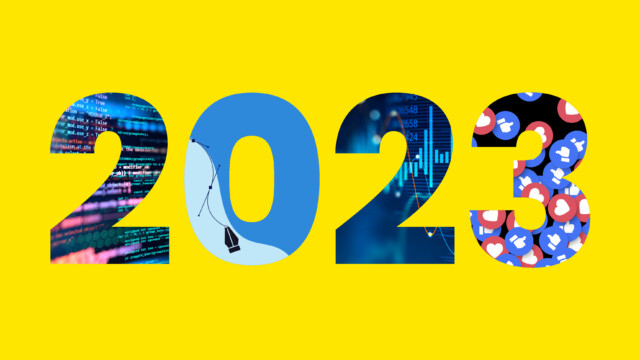The Sony Hacks: What You Should Know
Last April, Sony announced its PlayStation/Qriocity Network had been hacked and admitted that up to 77 million people’s personal data had been stolen. The hacked databases included the names, contact information, personal details, and PIN numbers of its customers. The incident prompted Sony to temporarily shut down the system, leaving its consumers frantically trying to figure out what they should do to protect themselves.
The problem lay in the fact that Sony had not encrypted customer information, allowing an open system for hackers to access. Encryption uses algorithms to make information unreadable to anyone without the key. It has long been a way to safeguard information; and with the rise of personal information on the web, it has become an extremely important part of online services. While Sony claimed it encrypted credit card information, the company could not guarantee that this encryption was strong enough to prevent access.
Sony quickly released a statement claiming its other online services were secure. Four days later, in an attempt to prove them wrong, the Sony Online Entertainment database was hacked and 24.6 million customers had their personal information and banking details stolen. This sparked a frenzy of outrage and concern, and a wider discussion on Internet security.
Sony reopened their PlayStation Network a month later, stating its information was now secure. However, within the following month, there were ten more hacks throughout Sony’s online services and global branches.
The leaders of this hacking rampage are a “hacktivist” group called LulzSec, whose vigilante intentions are to prove how insecure our personal information is online. By retrieving (and sometimes releasing) private information, their hope is that companies will begin to take online security more seriously. LulzSec have also recently hacked Fox, PBS, Nintendo, and the FBI affiliate “Infragard”.
LulzSec prides itself on “offering high-quality entertainment at your expense” and usually teases companies after reaching the target. Often, humourous photos, phrases, or the LulzSec logo (below) are left on a website, proving LulzSec’s success in manipulating the site’s infrastructure.
While LulzSec’s hacktivism may be controversial, they have gained a substantial fanbase. With almost 100,000 Twitter followers and a newly created website, the organisation seems to have made their statement known to the general public.
Although it seems that the likes of LulzSec may not use information for personal profit, online hacking has become a very lucrative and popular crime. The growing reliance on digital information has led to a real need for Internet security that is maintained at the highest level. Without such measures in place, any website, corporation, and individual is at risk of losing important information.
Individuals can take measures to protect their personal details online. This includes using several passwords that are considered difficult to figure out (no birthdays, middle names, or generic number combinations!). Additionally, people should be ruthless in who they give information to. This includes making sure their social network privacy settings are high and only filling in required information in online forms. Also, cancelling accounts that aren’t used can help cut down on personal data online. Although this won’t prevent all access (since companies can store data) it can help reduce some risk. Finally, major companies won’t email customers to get personal information, so any email of this sort should be considered spam.
Cite take hacking very seriously, and we go to great lengths to provide security on all our websites and applications. Strong encryption is used on all our projects and secure payment software is installed on our e-commerce sites. Cite also creates very strong passwords, and uses updated versions of all software in order to avoid any security problems. We are confident in our security solutions and implement them in all aspects of our design and development.
For more information on any of our services, call us at 0116 254 9888.




